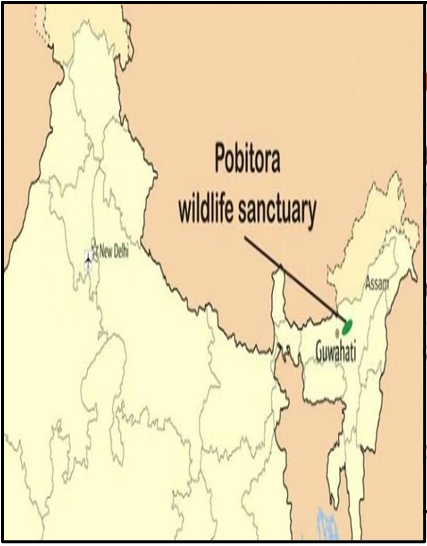SC WARNS OF DIRE CONSEQUENCES IF HUMAN-WILDLIFE CONFLICTS PERSIST.
Why in the news?
Human-wildlife conflicts endanger forests and wildlife; the Supreme Court emphasises resolutions to preserve ecological balance.
About the Warning by the Supreme Court:
- The SC cautioned about the perilous impact of human-wildlife conflicts on forests and wildlife.
- Justice B.R. Gavai emphasised the necessity of resolving conflicts to preserve forests and wildlife.
- Balancing the rights of both stakeholders is crucial to ensure the coexistence of humans and wildlife.
- The case revolved around demarcating boundaries of Assam’s Pobitora wildlife sanctuary and settling rights of villagers.
- The Assam government formed a committee to survey and propose alterations to protect wildlife and human rights.
- The proposals will undergo scrutiny by the National Board of Wildlife and the Supreme Court.
source:mdpi
What is the National Board of Wildlife ?
About Pobitora Wildlife Sanctuary:
|





